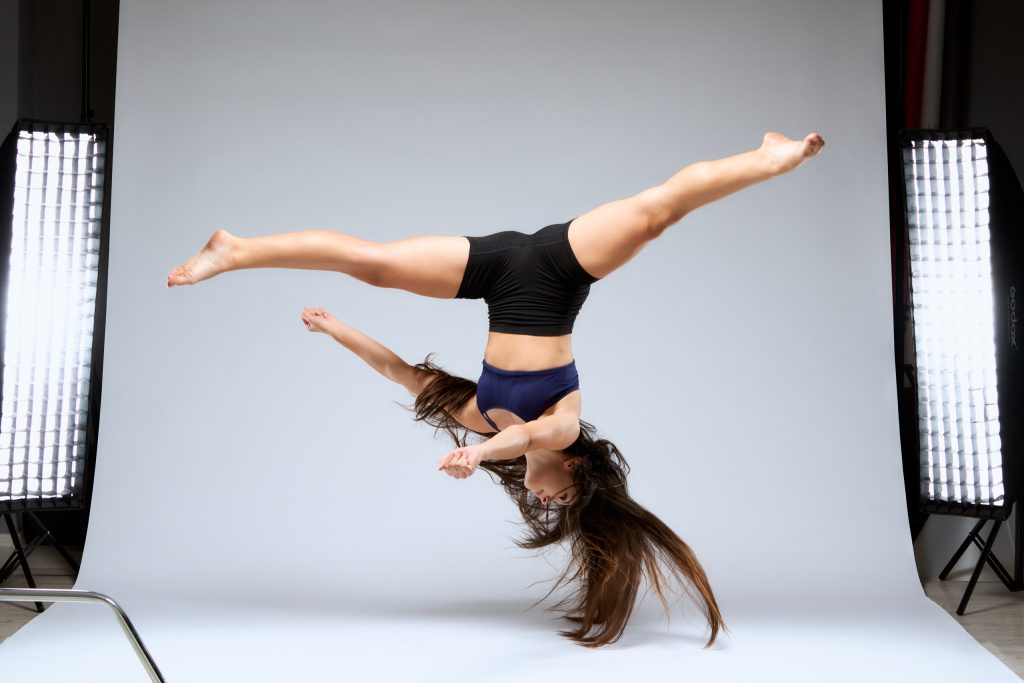
Tips for Capturing Movement in Dance Photography

Dance photography requires a unique approach to capture the grace, emotion, and energy of dancers. Successfully photographing dancers in motion can be challenging, but with the right techniques, you can create stunning images that tell a powerful story. Here are some essential tips to help you capture movement in dance photography.
1. Use Fast Shutter Speeds
To freeze motion effectively, a fast shutter speed is crucial. Depending on the dance style and the speed of the movement, aim for a shutter speed of at least 1/500th of a second or faster. For quicker movements, like jumps or spins, increase the shutter speed to 1/1000th of a second or more to ensure sharpness.
2. Select the Right Aperture
The choice of aperture can greatly impact the feel of your images. Using a wide aperture (like f/2.8 or f/4) can help you isolate the dancer from the background, creating a sense of depth and drawing focus to the dancer’s movements. However, if you’re capturing multiple dancers or want more detail in the background, use a narrower aperture, such as f/5.6 or f/8.
3. Focus on Timing and Anticipation
Anticipating a dancer’s movements is key to capturing the perfect shot. Spend time observing the dance routine or rehearsals, if possible, to familiarize yourself with the timing of specific movements, jumps, or poses. This will help you press the shutter at the peak moment, enhancing the impact of the image.
4. Use Burst Mode
Dance movements are quick and can be challenging to capture in a single frame. Use your camera’s burst or continuous shooting mode to take multiple shots in rapid succession. This way, you’ll have several frames to choose from and can select the one that best captures the dancer’s peak movement or expression.
5. Experiment with Panning
Panning involves moving your camera along with the dancer’s motion, which creates a sense of movement by blurring the background while keeping the subject in focus. This technique works well for horizontal movements across the frame. Set your shutter speed slower than usual, around 1/60th to 1/125th of a second, and move your camera in sync with the dancer for a dynamic shot.
6. Play with Motion Blur
For a more artistic approach, embrace motion blur to convey the fluidity and energy of dance. Use a slower shutter speed, such as 1/30th of a second or even slower, to create intentional blur trails. This technique works well for capturing flowing movements, like twirls or spins, and adds a sense of grace and rhythm to your photos.
7. Lighting Considerations
Good lighting is essential in dance photography, especially if you’re shooting indoors. Use natural light if possible, as it provides a softer and more flattering look. If you’re shooting in low-light conditions, consider using a fast lens (with a wide aperture like f/1.8) and increasing your ISO for more light. Avoid harsh on-camera flash, as it can flatten the image and distract from the natural movement.
8. Focus on Expressions and Details
Dance is not only about movement but also about emotion and expression. Pay close attention to the dancer’s facial expressions, gestures, and details like hand movements or costumes. These small details can add depth and storytelling to your photos, enhancing the overall impact.
9. Frame with Intentional Composition
Consider your composition carefully when photographing dancers. Frame your shots to include the entire dancer’s body or just specific parts, depending on the story you want to tell. Leave some negative space around the dancer to emphasize the movement, or try unusual angles to make your photos stand out.
10. Capture Rehearsals and Backstage Moments
Sometimes, the most authentic and emotional shots come from behind the scenes. Capturing dancers during rehearsals or backstage can reveal their focus, passion, and dedication. These candid moments provide a glimpse into the world of dance beyond the stage, adding variety and depth to your portfolio.
